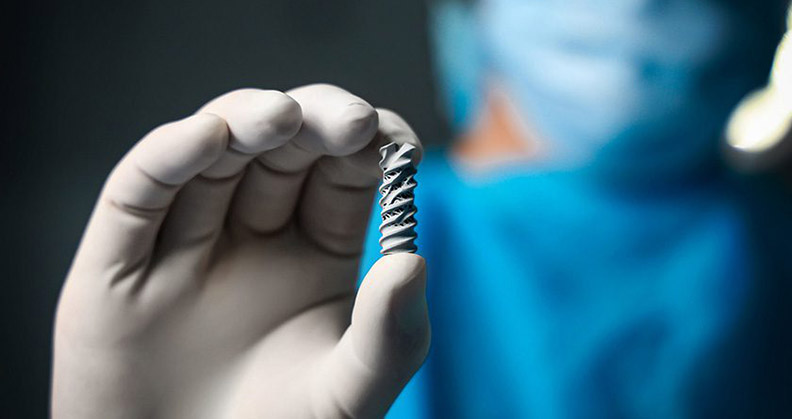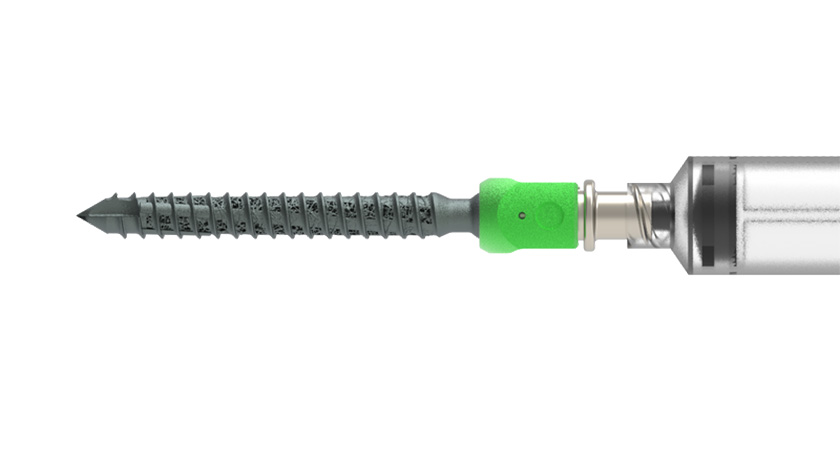
Regulatory Affairs and Quality Assurance (RAQA) doesn’t typically win popularity contests. It’s true that during those occasional, exciting and stressful weeks of inspections and audits, orthopedic device designers might view their colleagues from RAQA as a welcome buffer between their own responsibilities and the scrutiny of regulators. But for the rest of the year, RAQA can sometimes be viewed as an annoyance, or even a necessary evil to be tolerated so that engineers, programmers, technicians and managers can keep working on what they do best.
We in RAQA often approach our colleagues with forms to be filled out, training to be completed and not-always-highly-educated questions to be answered. So, how do we make these interactions more enjoyable, or at least less painful?
Maintaining Quality Through CAPAs
FDA and other regulators require the use of Corrective and Preventive Actions (CAPAs) to identify and address quality failures. The “Five Whys” method, which was originally invented for the automobile industry, is one effective way to meet that requirement. It involves asking “why” repeatedly to drill down to a root cause. Here’s an example:
- Why was an entire pallet of sterilized knee implants damaged?
Because the pallet fell off the forklift and crashed to the floor. - Why did the pallet fall off the forklift?
Because the forklift’s hydraulic system failed. - Why did the forklift’s hydraulic system fail?
Because the forklift was not maintained according to its service manual. - Why was the forklift not maintained according to its service manual?
Because the service manual was never filed with the forklift’s equipment file. - Why wasn’t the service manual filed with the forklift’s equipment file?
Because the standard operating procedure (SOP) for equipment maintenance doesn’t require user or service manuals to be filed with the relevant equipment file before the equipment enters active use.
The root cause of the knee implant damage is the omission in the SOP of a requirement to keep user or service manuals on file. The likely corrective action would be to revise the SOP to require that those manuals are kept on file. There would likely also be “immediate corrections” to ensure that all the existing equipment has the necessary manuals on file, and that the manuals are being followed.
If the above sequence of “why-why-why-why-why” reminds you of life with a two-year-old child, you’re not alone. The question then becomes, how should RAQA professionals improve working relationships with their colleagues so that RAQA remind their colleagues less of nagging toddlers and more of an important cog in the machine?
Focus on the future quality of the device. Operations and RAQA departments share concerns about making sure that the forklift mishap is never repeated. It’s easy enough to pick up the broken implant packages from the factory floor, but could a more subtle forklift failure cause the packages to be only slightly damaged, and then accidentally distributed to surgeons for use in a hospital setting? No one wants to see patients suffer harm, and no one wants to see devices recalled.
Focus on the regulations. Operations personnel are justifiably confident that their expertise and experience help to avoid mishaps. RAQA, on the other hand, ensures that a fully compliant Quality Management System is in place, so the regulators can see that the safety and effectiveness of the medical device isn’t dependent on any one employee’s (or any group’s) expertise and experience. “Quality is everyone’s job,” as is often said, but RAQA and top management bear the full responsibility of regulatory compliance. RAQA can be that “welcome buffer” for members of the Operations team only if RAQA and top management pay attention to the relevant regulations, standards and guidance documents.
Never talk down to anyone. RAQA’s responsibility for regulatory and quality compliance is no more or less important than a reliable inventory system or an emergency lighting system. If RAQA professionals see these roles as equal pillars, and respect their colleagues for holding up their end, their colleagues will respect RAQA for holding up theirs.
Initiating Formal Design Controls
Consider the classic diagram of R&D, here presented by Kimberly A. Trautman, leader of the team that developed FDA’s Quality System Regulation:

The regulations provide detailed requirements for formal design controls, such as design reviews in which specific attendees review specific documents. But R&D is the beating heart of innovation, and every medical device that makes it onto the market begins with an idea to be freely explored. What engineer wants to schedule formal meetings while they’re still trying out prototypes? Additionally, no one wants to delay commercializing the device because of a backlog of meetings and activities that could have started weeks ago.
As in our example of the “Five Whys,” the key to successful design controls is collegiality and cooperation. The diagram above shows that the regulators allow research to continue under formal design controls, as long as the latest innovations and improvements are properly documented.
So how does RAQA avoid being seen as the Documentation Police? By following these three steps:
Formal design controls are a joint decision. R&D and engineering personnel understand the balance between unconstrained brainstorming and formalized construction. Make sure that everyone has been heard before you determine that it’s time to initiate formal design controls and schedule the first design review.
Assign a Project Manager from R&D and Engineering. This one might seem obvious, but it can sometimes be hard for RAQA to relinquish control, or for top management to allow non-RAQA personnel to run this vital process. But design controls, like all other quality processes, are about the quality of the device, and no one knows the device better than the teams that create it.
Focus on the device, not the documents to be reviewed. Document approvals are the regulatory outputs of the design review process, but document formatting and minor text revisions shouldn’t be allowed to drag down an open discussion of the device’s own requirements. RAQA can clean up documents as needed before circulating them for approval.
Team-wide Success
Any successful company operates as a team, with each team member not only knowing their own unique contribution but also valuing the contributions of their colleagues. When RAQA professionals shoulder the regulatory and quality activities on the company’s behalf, make those activities as transparent as possible and work cooperatively with colleagues when shared input is required, we can make the whole process less painful. More than that, when we focus on cooperation as opposed to intracompany authority, we often get a helping hand from our colleagues to ease the burden and expedite the work.
DG
Dan Goldstein is Senior Director for Quality Assurance at MCRA, LLC, a Washington, D.C.-based medical device consultancy. Mr. Goldstein has worked since 2002 in medical device QA, with experience in devices ranging from autologous blood products for wound healing to computer-aided-detection software for lung diseases. He is certified by the American Society of Quality (ASQ) as a Certified Quality Auditor (CQA), and by Exemplar Global (RABQSA) as an ISO 13485:2016 Lead Auditor and an EU MDR Auditor.




